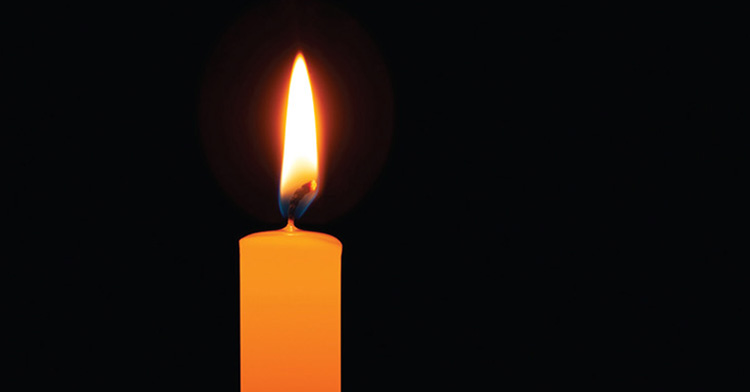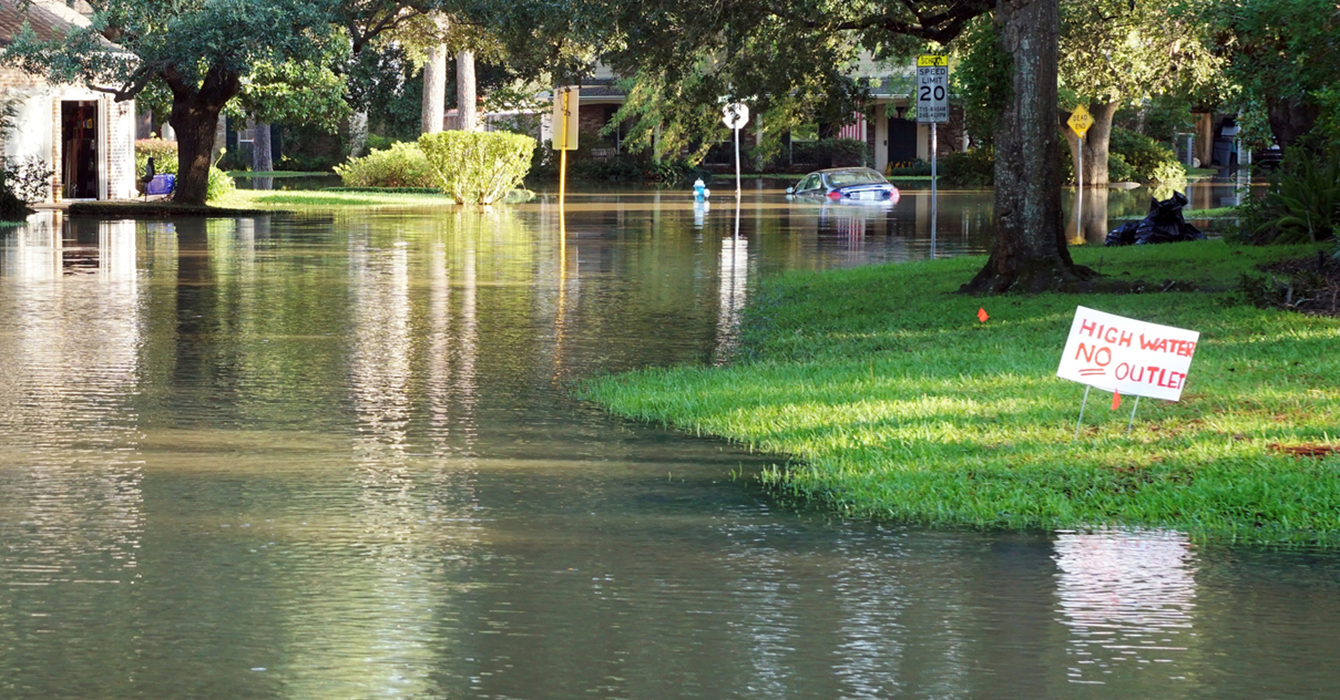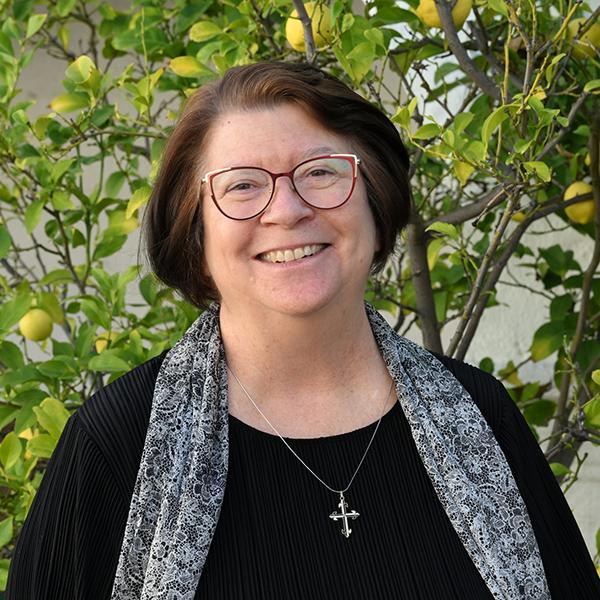Gil Rendle has spent four decades working with issues of change and leadership in the United Methodist Church as a pastor and consultant.
Rendle is a senior vice president of TMF (originally known as the Texas Methodist Foundation) and previously served 12 years with the Alban Institute (now Alban at Duke Divinity School) as an author, seminar leader and senior consultant.
As he prepares to retire from his current role, Rendle reflects on his career helping Christian leaders in congregations and denominations.
One of the biggest changes is that he no longer thinks it’s useful to develop basic principles for all congregations to follow, he said. In this cultural moment, leaders don’t take people from Point A to Point B.
Instead, everything is fluid, in flux, and today’s leaders need the courage to face change alongside -- and in conversation with -- those whom they lead.
“Every day you get up, your situation has changed from the way it was before. And so how do you lead when everything doesn’t hold still?” he said.
An ordained United Methodist minister, Rendle has served as senior pastor of two urban congregations in Pennsylvania and as a denominational consultant for the United Methodist Church. He has a Ph.D. in organizational development from Temple University and a Th.M. from Boston University.

He is the author of eight books, including “Journey in the Wilderness: New Life for Mainline Churches,” “Back to Zero: The Search to Rediscover the Methodist Movement” and “Doing the Math of Mission.”
Rendle spoke to Faith & Leadership about how his thinking on Christian leadership has evolved, and why he is so interested in post-seminary formation. The following is an edited transcript.
Q: How has your thinking about leadership changed over time?
Some of my fundamental assumptions of change have in fact matured since the very beginning. My first book was “Leading Change in the Congregation.” I still use an awful lot that’s in that book; I still believe in that book.
But it’s pretty heavily anchored into a lot of the organizational models that I learned while I was working on my Ph.D. And I have shifted away from the idea of leading change, because it assumes that you can do it.
I don’t think that in this culture, at this cultural moment, you can apply the assumption that the leader can take any group of people from A to B. I think [the situation] is a lot more malleable than that kind of orderly thinking would allow.
In “Leading in a Culture of Change,” Michael Fullan writes about education, and he talks about the fact that you don’t really lead change, because change is already happening all around you.
Every day you get up, your situation has changed from the way it was before. And so how do you lead when everything doesn’t hold still?
Think about how much that flies in the face of how we’re still trying to do congregational transformational work, in which people are coming up with basic principles for all congregations to follow. We’re still trying to lead change.
One of the things that Fullan talks about is you try to disturb the system in the right direction, and that really has been at the heart of a lot of my work.
You do that by living long enough with a person or long enough with a system to ask them the questions that they don’t want to have to answer. And then the system is disturbed, and people have to reform around what they discover about those answers.
I can see a really distinct shift in the assumptions that I now hold about a lot of the work that I do.
Q: How do you think the church should be preparing leaders for its institutions, whether they’re congregations, denominations, or consultancies or other institutions?
I really don’t have a lot of argument with [the conventional approach]. I do have my discomforts with some of it.
I am still struck by how few seminaries even acknowledge leadership as a discipline and don’t address it in any way, or address it only in tangential ways.
I’m still struck and a little bit dismayed by our denominations that use certification processes that mold people into old models in which we’re still asking people to accommodate the system that’s already been established rather than using our processes to free people up to do new things in the church. And I’m still frustrated by policy that constrains.
I don’t think that in any of those ways I’m particularly different from most of the people I work with; I think we all have those issues.
But having said that, I don’t think we need to assign blame toward the way that we’re doing [basic] formation. I think it’s well within what is needed for people going into ministry.
My argument is how people form themselves after they are certified, after they’re ordained, after they’ve graduated.
I don’t know whether you’re familiar with the Dreyfus brothers and their work? [The original Dreyfus model proposes that students pass through five distinct stages: novice, competence, proficiency, expertise and mastery.]
One of the things they talk about is that for the novice stage, an important way that people learn is by willingly allowing themselves to be overwhelmed by their situation. They take what they have been learning and what they’re experiencing and use that to build to a new level.
And so if you want to think about how the church should be preparing its leaders, we’re doing exactly what we should be doing for the novice stage.
Q: If you were going to imagine an ideal process once they get past that novice stage, what would you like to see?
Lilly [Endowment Inc.] has pretty much opened up that path with clergy peer learning. Those are the kinds of settings in which the real practice of ministry, I believe, is learned.
The research that they did with Penny Marler and others really demonstrates that there’s a form of learning that is more functional, if you will, than most other ways of doing continuing education.
And I think that that’s where people learn courage, because they learn it in support groups. They’re able to take a look at their experience; they’re able to see some new possibility. And with both the challenge and the accountability of the group, they begin to develop some courage to go out and actually try something, and then they come back and talk about, “What did you learn from that?”
That ongoing process is very, very critical to me. I really do believe that conversation is the currency of change. When people engage in conversation about what they’re doing or conversation about what means the most to them and drives their purpose and then try to put that into practice around those conversations and learn from one another -- that’s when change can happen.
Right now at TMF, we’re very clear that all of our groups are to be facilitated, that there needs to be someone there to provide the safety and the accountability, and to continue to track what’s happening in a group.
So it’s later stages of formation that I am particularly intrigued by, and think are important for what’s going to happen for the church in the future.
Q: What’s the gap you see between what people learn in seminary and what they need to know out in the world?
How does one learn a courageous practice of ministry and that idea of courage, of being able to face into change?
As I’ve worked with the bishops in the past and other church leaders, we’ve kind of developed an operational definition of courage as “being willing to lead without regard for reward,” because as you lead people into change, it doesn’t evoke natural rewards that people would think about.
It takes a certain amount of courage to step into that. And so we’re starting to focus in on the courage first, and then some of the behaviors of courage, and then learning the skills.
Q: What do you think are the critical practices that sustain leaders over time?
One of the things that we’ve learned is the importance of breaking the isolation and the boredom of management. And by that I simply mean the expectation that a pastor will spend his or her career doing work that doesn’t change anything.
I can’t tell you how many people have told us that they had contemplated leaving ministry until they began to get into these other conversations.
We do know a lot about spiritual formation. We do know a lot about fundamental, basic, personal spiritual disciplines. We do know a lot about being part of community.
But one thing that is very clear for us at TMF is that we need to be adamant about pushing people to purpose. What’s the purpose that is behind that which you are trying to do? And if you can align yourself with that purpose, we’re really convinced that there is so much energy there.
I don’t think we ever form a group where we don’t begin with call stories. If you put a group of people in a room and you get them to talk about the problem that they’re encountering, the energy just drains out of the room.
If you get a group of people in the room and you get them talking about the purpose that they’re trying to fulfill or the call that they’re trying to answer, the energy just goes up.
We lean into the purpose as hard as we can.
One of the things that TMF decided for itself was that our client was not the institution of the church but the purpose of the church. And so we bend ourselves very directly toward saying, “What is the purpose that we’re trying to fulfill here?”
Q: What trends do you see for the future?
One of the things we’re tracking now that has a lot of energy is this new expression of faith communities that are following paths of micropowers rather than large institutions -- we’ve got all these tiny expressions that will never fit into the life of a denomination.
Q: What do you mean by “micropowers”?
What we’re seeing is that almost all of our large institutions are gridlocked, whether you’re talking about Congress and government, the military or the banking industry or the pharmaceutical industry or denominations. They’re gridlocked from the competing constituencies within, from all the practices and policies that are already determined.
And so one of the things happening globally is that a lot of shifts are being brought about by micropowers, by small groups. On the very dark side of that movement are terrorist groups that are now replacing armies.
One thing that’s happening is the sprouting up of all of the different microcommunities where congregations can’t [get established] anymore.
In our denominations, it takes 125, 150 people just to be able to begin a new congregation. You can start one, but it doesn’t get chartered denominationally until it gets to, let’s say, 150 people. Well, at 150 people, it’s actually twice the size of the average American congregation.
And so we don’t even know how to start something until it’s twice the normal size.
Yet these microcommunities are often starting with 5, 10 or 15 people, and they have life; they have vibrancy. They may not have staying power -- they might only last a couple of years -- but these are pretty intimate and quite often very healthy communities that are shaping people. It’s going to be interesting to find out how the denominations accommodate them.
We’ve been working with a pair of young divinity students out of Harvard, Angie Thurston and Casper ter Kuile, and they’ve been looking at a lot of these microcommunities.
We’ve been busy asking the question, “How do we get these young people to join our gatherings?” And Angie and Casper ask the other question, “How are these people already gathering?”
Once you begin to look at how they gather, then you can start to ask the question, “How can we now help them be healthy communities that are seeking purpose, meaning and Christ?”
That’s not just getting better at church; that’s saying, “Where are people actually living their lives and asking their questions -- and how can the church participate in it?”











